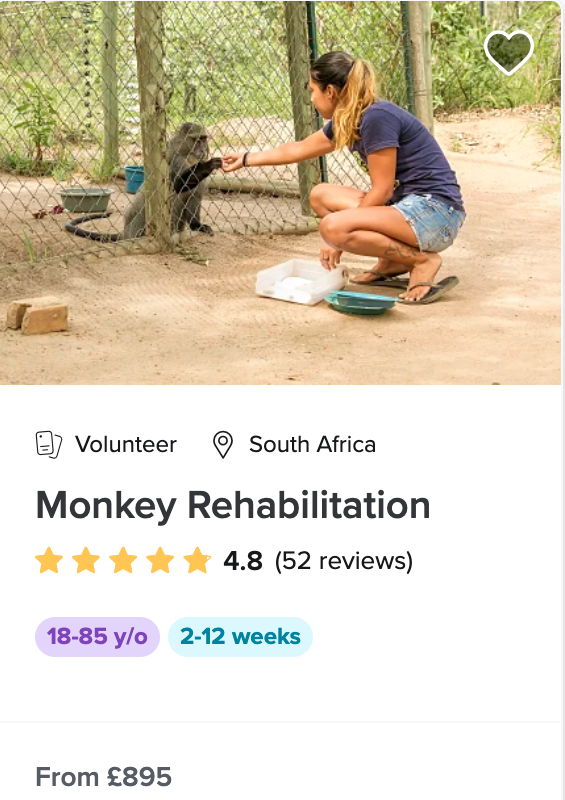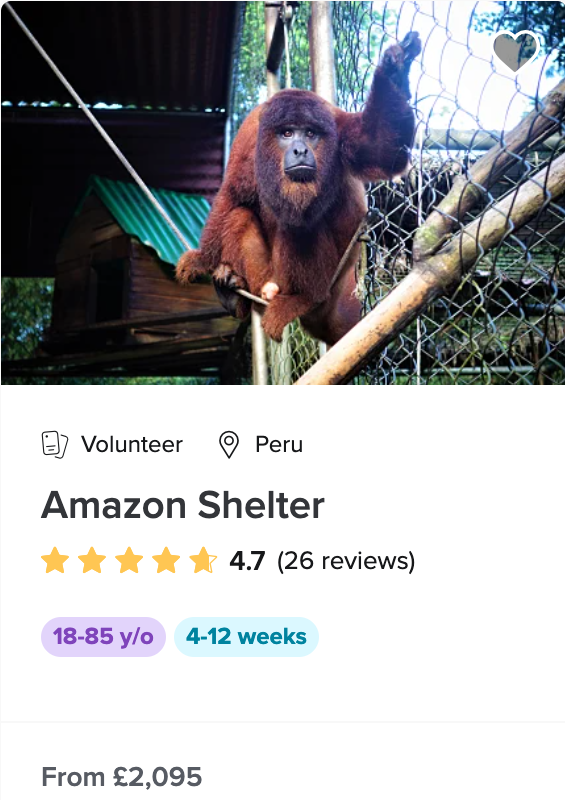Wild monkeys can be found in South east Asia, Africa, and Central and South America. There are programs to help wild monkeys, and also those in wildlife sanctuaries around the world.
Best Monkey Conservation Programs
About Monkeys
Monkeys are primates divided into two separate groups: the New World monkeys and the Old World monkeys. The New World monkeys are found in South America, while the Old World monkeys are found in Africa and Asia. Most monkeys are arboreal, while some are terrestrial.
Monkeys weigh from 4 ounces (the pygmy marmoset) to 60 pounds (the mandrill). Some monkeys have prehensile tails, which can grab and hold objects. Most New World monkeys have prehensile tails, while Old World monkeys do not have them. Today the biggest threat to monkeys is habitat loss.
Behavior
Monkeys spend the majority of their lives in trees. They are very social animals and use vocalizations, facial expressions or body movements to communicate. Monkeys spend a lot of time grooming each other. They also like to play or chase one another. Monkeys eat flowers, fruits, leaves, seeds, nuts, insects, eggs, spiders, and small mammals. Their main predators include eagles, hawks, and humans.
Reproduction
Most monkeys can breed at any time of the year. The gestation period is 4 to 8 months, depending on the species. Usually one offspring is born.
Monkey Facts
- A group of monkeys is called a troop.
- Monkeys have tails, apes don’t.
- Howler monkeys are the noisiest land animals.
- Sea monkeys are not monkeys, but shrimps.
- In captivity, a pygmy marmoset can live over 11 years.
- Mandrills can live up to 45 years in captivity.
- Albert II became the first monkey in space on June 14, 1949.


